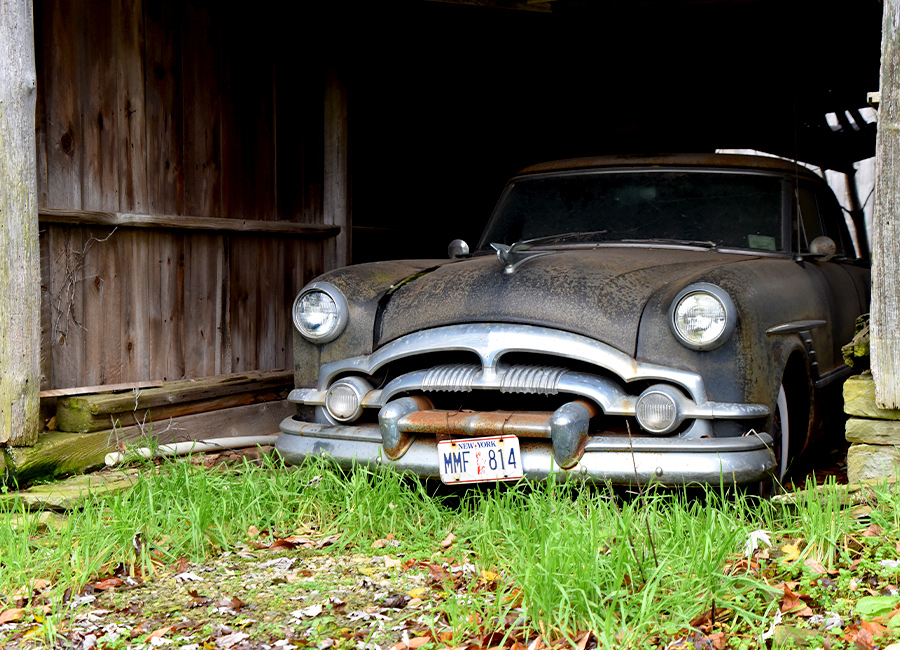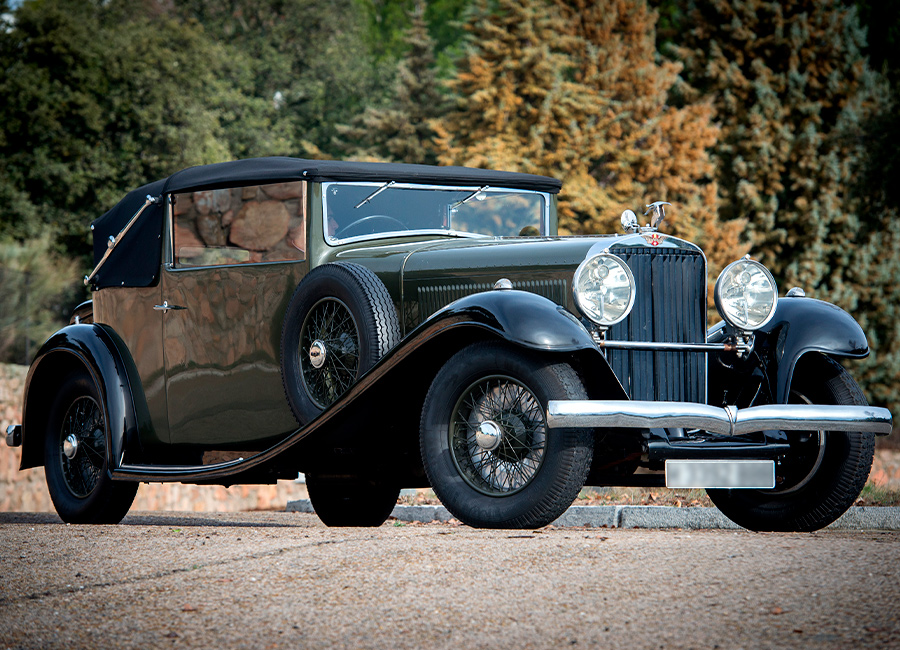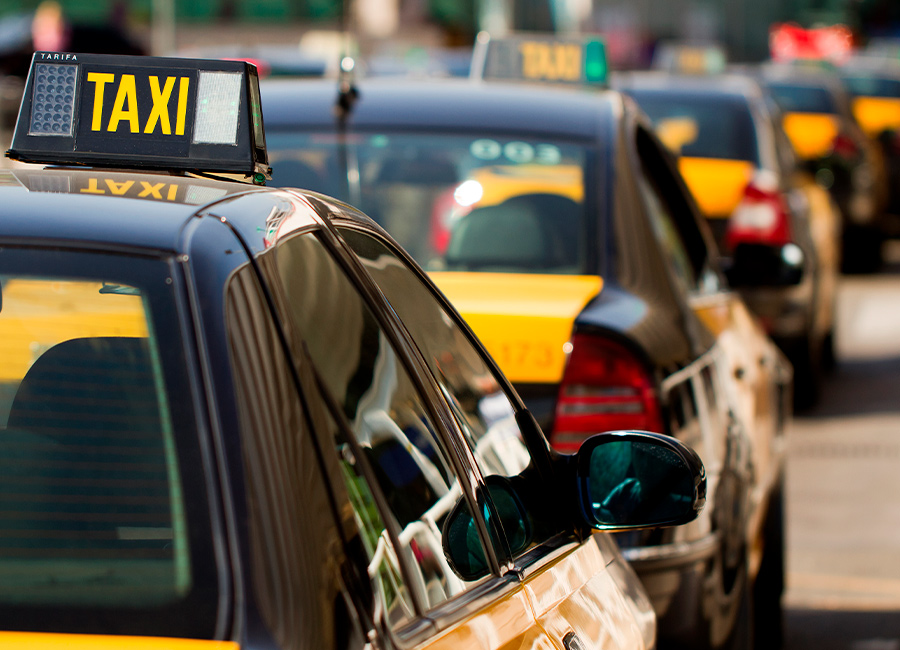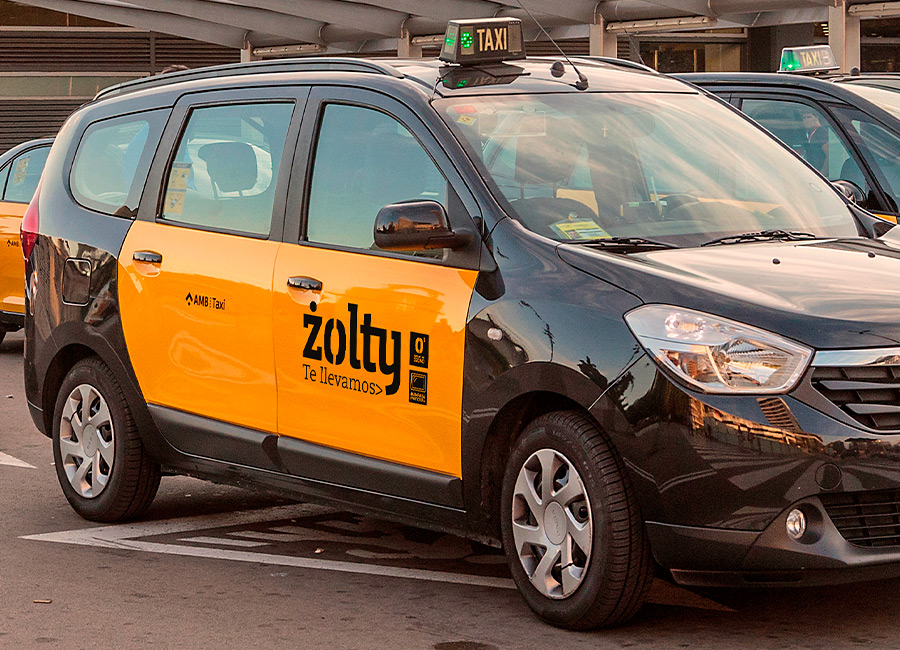Barn Find and the Motor Hunters
Barn Find means the luck of an engine treasure hunter, but do you really know what these words mean? We explain it in our article today.
Surely you have seen one of the many TV series where the protagonists go around different towns, usually in deep America, looking for antiques and objects with the potential to become iconography for the potential buyer. One of the specialities of these authentic treasure hunters is finding vehicles that have been abandoned in an old barn waiting for better times, a practice known as Barn Find.
The thrill of opening the old doors of a ship and finding a relic of the engine, whatever its condition, is an indescribable feeling. Then come the numbers, the negotiation of the purchase, the cunning of the searcher so that his state of mind is not noticed, and the expertise of the seller if he really knows what he has in store.
If you want to know what this world is all about, you can start with this series on Youtube, Barn Find Hunter. It’s worth a look if you’re interested in the world of motoring and car restoration – don’t miss it!
In this world of curiosities that destiny has placed before the searchers, there are several famous cases. One of them was the discovery of a 1978 Chevrolet Corvette Indy 500 Pace Car with only 4 miles. A collector’s item that was later sold at auction for about 80,000 Usd.
Recently the news of the discovery of a Porsche 911 Turbo S Flachbau in perfect condition jumped out. This car was manufactured in 1989, besides being in perfect condition, the most curious thing is that it only had 220 real kilometres in its odometer. Such a jewel has a cost in accordance. Its owner has put a price of 770.000 Usd. For those who are interested, it is located in Naples (Florida).
If you want to open your mouth with this peculiar world of luck, you can ask for a Zolty and simply indicate the direction of the Retro Auto-Moto Ramm in Barcelona. As described in this article by La Escudería, the history of this place and its promoter is that of a faithful lover of classics. You can’t miss it.
Zolty, we’ll take you there.










